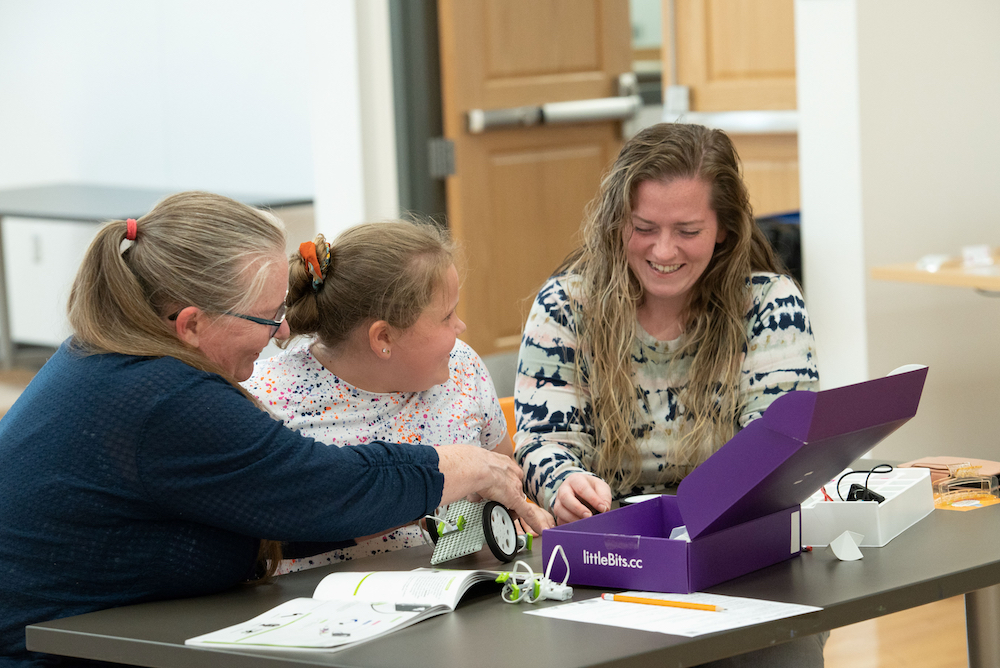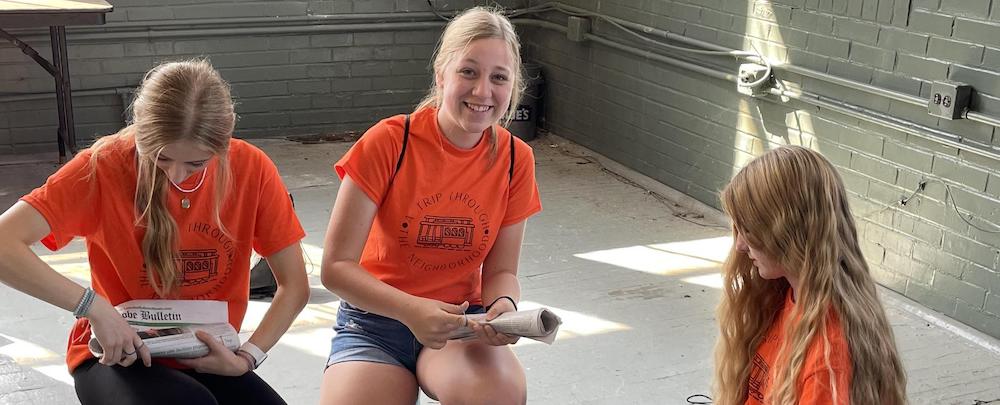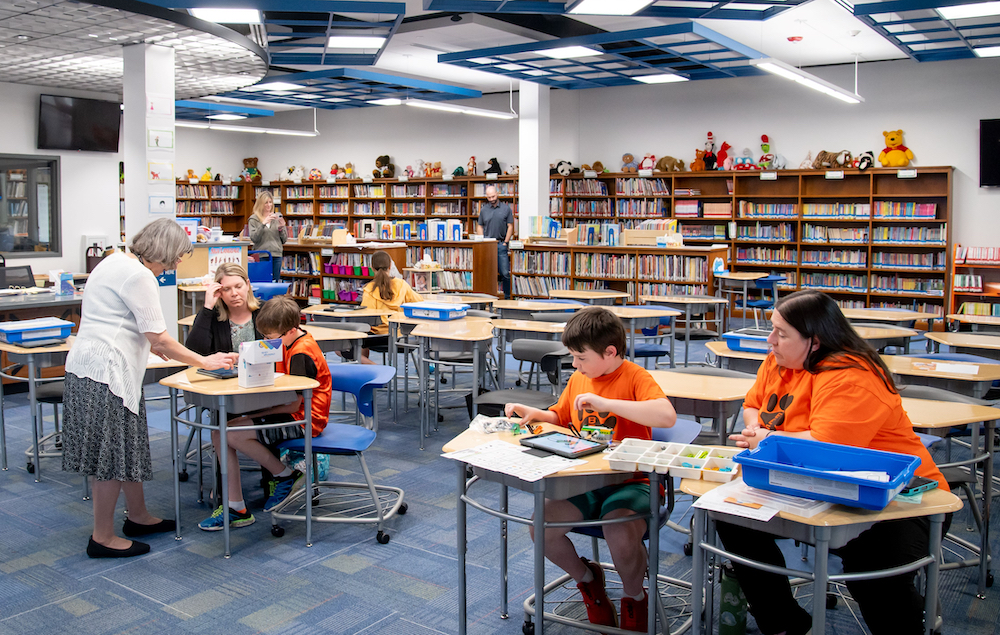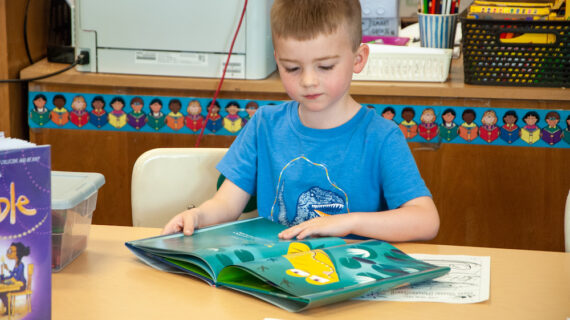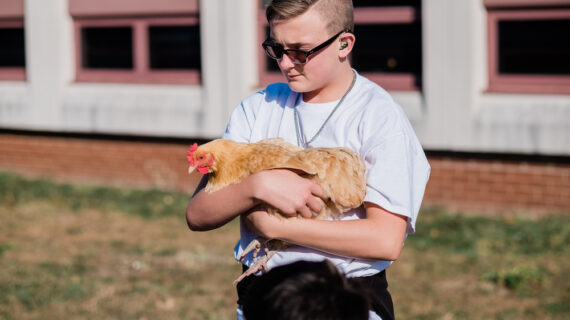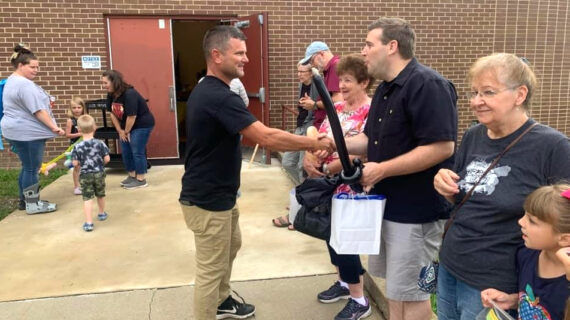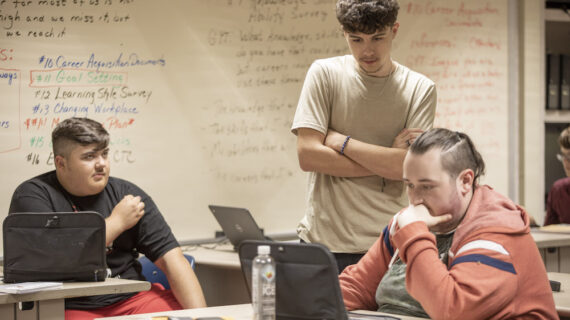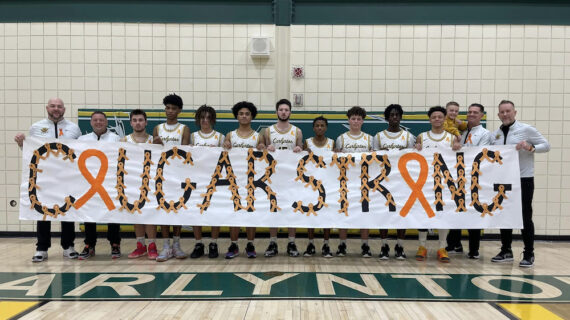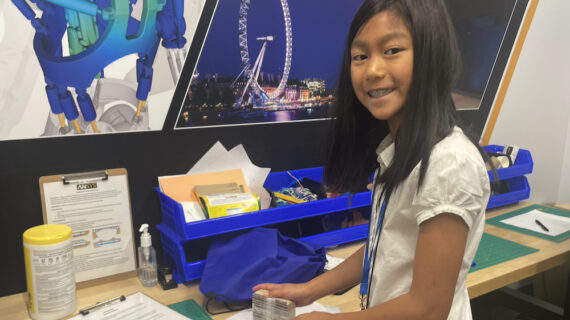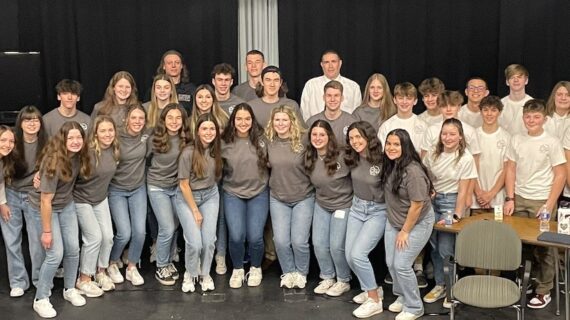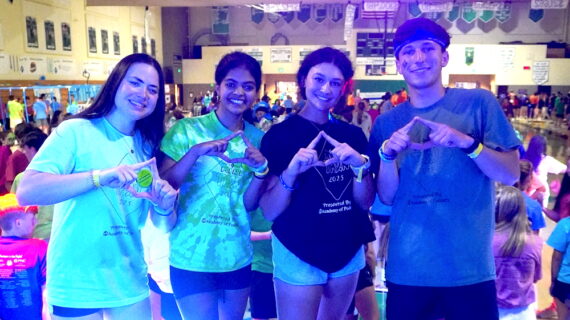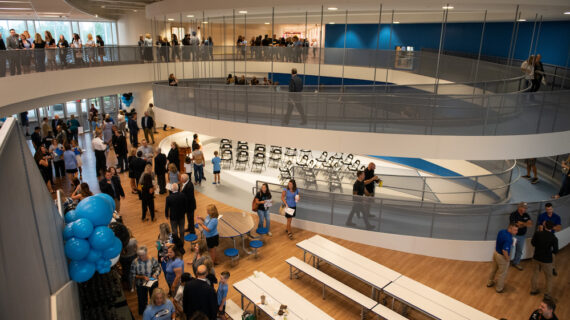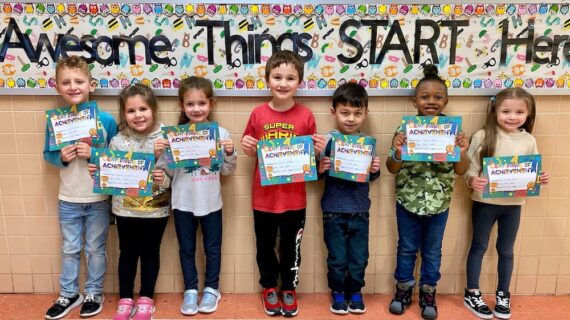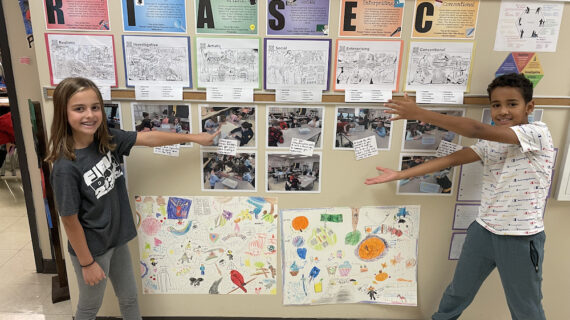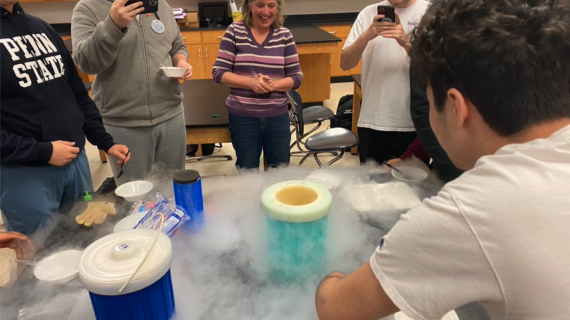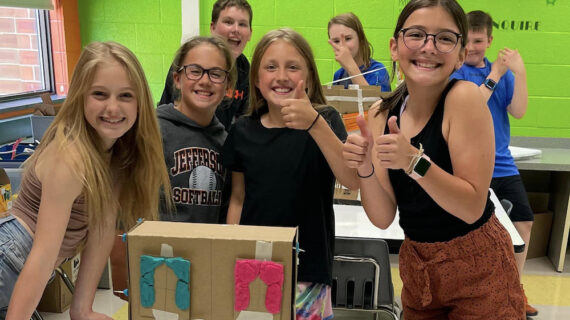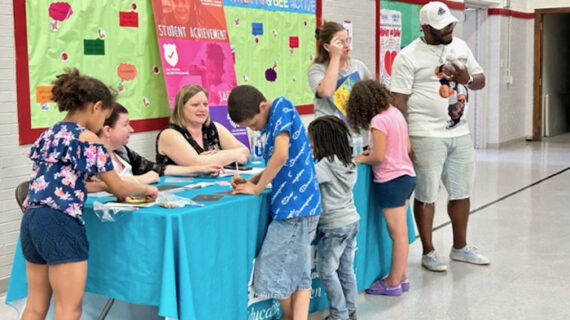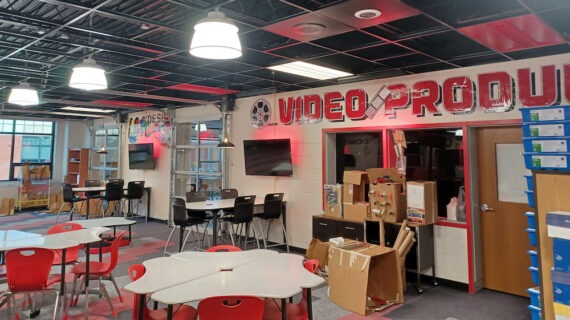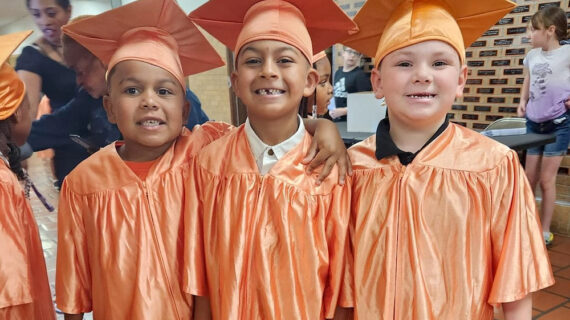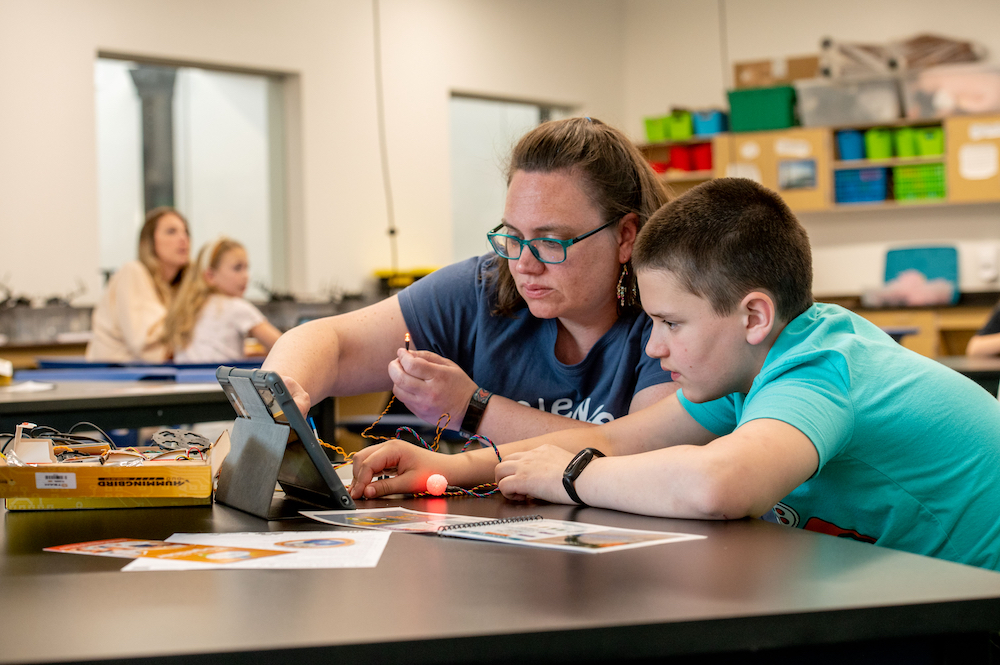
Failure isn’t final: How the Greater Latrobe School District keeps the learning going
This story is one in a series created in collaboration with the AASA Learning 2025 Alliance to celebrate the work of groundbreaking school districts in the Pittsburgh region. Kidsburgh will share these stories throughout 2023.
It was supposed to be the bowling team’s big night.
With one last home game before going off to regionals, the team’s seniors were set to be honored during a ceremony after the match. Their friends and families would be at the alley, along with teachers, coaches, and administrators from the Greater Latrobe School District.
There was just one problem: The team had no one to bowl against. The opposing team had disbanded, leaving Greater Latrobe in the lurch. Someone else would have to challenge the Wildcats.
Enter the Kingpins.
“It was kind of a last-minute thing,” says Becki Pellis, Greater Latrobe’s assistant superintendent for elementary education. “We wanted the seniors to have their special night, so we said, ‘Okay, we’ll play them ourselves. It’ll be the students versus the administrators.”
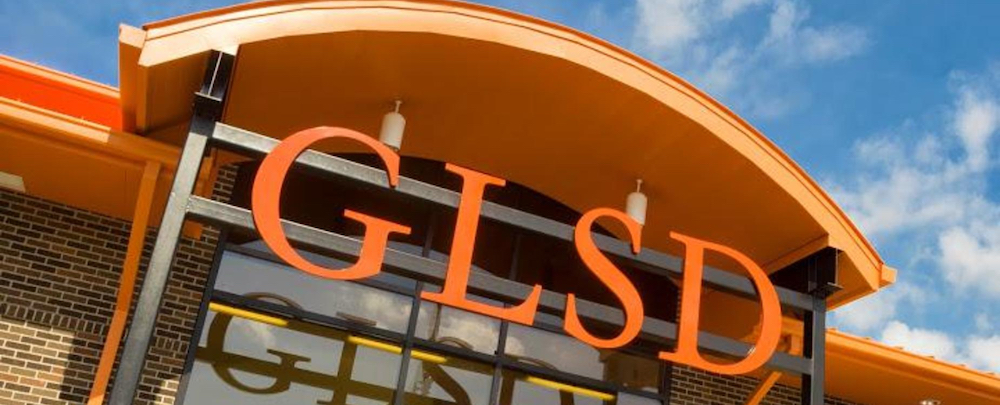
Game on. For uniforms, the Kingpins turned to Cat’s Customs, a project-based learning course in which students at Greater Latrobe Senior High School sell everything from t-shirts and stickers to custom signage. Using 3D printers, a heat press, Cricit, large format printers, and more, the kids can make almost anything — including, says Pellis, “some fantastic-looking bowling shirts.”
Cat’s Customs is funded in part with support from the Western Pennsylvania Learning 2025 Alliance, a regional cohort of school districts working together — and with peers across the country — to create student-centered, equity-focused, future-driven schools that prepare every learner for tomorrow. Led by local superintendents and AASA, The School Superintendents Association, the Alliance convenes for workshops, networking, and professional development that helps districts like Greater Latrobe do what they do best: equip students with the tools and the confidence to solve complex problems.
“It’s been pretty remarkable,” Pellis explains. “To be able to collaborate and learn with all these other districts has helped us accelerate the work we’ve been doing all along.”
Indeed, the district’s participation in the Alliance builds on several years’ worth of efforts to put Greater Latrobe’s students at the center of their learning experience. Sometimes, that means opening a student-led store, district officials say. Other times, it means rethinking long-held assumptions about how schools are supposed to operate.
Take, for example, the letter grade: a staple of classrooms everywhere.
“Students are used to letter grades being the final word on their learning,” says Jon Mains, Greater Latrobe’s assistant superintendent for secondary education. “So it’s no surprise that when kids see a letter grade, their learning tends to stop. The question for us is, how do we keep it going? How do we focus on learning instead of just a letter grade?”
It’s a question the district intends to answer. With the help of four teachers on special assignment as Learning 2025 Instructional Coaches, the district is piloting “target-based learning” across several different grade levels. Grades K-3, seven, and nine, will dive in first; the rest will follow in the school years to come.
Here’s how it works. Rather than receiving a letter grade, students in Greater Latrobe’s elementary schools will get feedback on learning targets. Can they identify primary colors? Have they demonstrated understanding of photosynthesis? The shift from grades to targets will give learners, families, and teachers a clearer picture of what students have learned. “So, instead of just getting a B in English — which doesn’t tell you much about how you might improve — kids and their families will be able to say, ‘Here’s what we’re doing really well. Here’s what we need to work on, and here are some ways we can do that.’”
Students in the upper grades will still receive letter grades, which are required for things like college applications. But they, too, will get personalized feedback tailored to specific targets. “We want students to know they can learn from their mistakes,” says Mains. “In fact, that’s when some of the best learning happens! Things don’t always click the first time around — sometimes, we need to try something a couple of times before we really get it.”
Officials point out that offering second chances doesn’t mean letting students slide. On the contrary, target-based learning adds more rigor to the classroom, with students responsible for tracking their learning targets and mastering those they’ve missed. That might mean working with a mentor, or seeking extra help during “Wildcat Time” or Lunch and Learn (the district’s dedicated periods for tutoring), or even looking beyond their core classes. In Greater Latrobe, students can shadow real-world professionals or turn to project-based courses like Cat’s Customs for additional learning.
The goal, says Mains, is to show Greater Latrobe’s students that “failure isn’t final” — that with persistence, dedication, and a supportive school community, students can solve nearly any problem they encounter, whether it’s a math equation or a dilemma at the bowling alley.
By the way: the Wildcats trounced the Kingpins, with students out-bowling administrators in a match that was far more memorable than either party expected. The seniors got their awards; the team went off to regionals; and this time, it was the administrators who were left reflecting on their targets. “It wasn’t our greatest showing,” says Mains, laughing.
But in the district of second chances, no defeat is final. Moving forward, the matchup will be an annual school event.
Want to download this story? Click here for a PDF.
